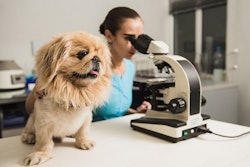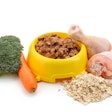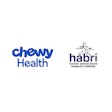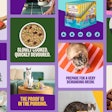Pet food is not only the quintessential pet product staple in a market that is famously recession-resistant, but is bolstered by the global resources of dominant participants including Nestlé Purina, Mars, General Mills (Blue Buffalo), and Colgate-Palmolive (Hill's Science Diets).
Therefore, as reported in Packaged Facts' just-released U.S. Pet Market Focus: Pet Food Update (November 2021), the pet food market has not just weathered COVID-19, it has thrived. Packaged Facts projects U.S. retail sales of pet food (dog and cat) at $37.1 billion in 2021, up 6.4% over 2020. Sales are projected to reach $47.9 billion in 2025, equating to a robust 6.6% compound annual growth rate.
According to David Sprinkle, Packaged Facts research director, the effects of the COVID-19 pandemic and a corresponding surge in pet care spending fast-forwarded pet food industry investment, product development, marketing and retailing. COVID-19 therefore accelerated several existing trends that are likely to invigorate the pet food business for years to come:
- Superpremium pet food's claim to fame as the front-line pet health product, with natural formulations and science-based foods in high demand.
- The advance of superpremium pet foods in non-traditional forms, most significantly fresh (refrigerated/frozen) and alternative protein/meatless/vegetarian.
- The corporate and consumer pursuit of pet foods with ethically sourced ingredients, along with other sustainability initiatives such as eco-friendly packaging.
- The erosion of the long-standing mass/pet specialty/online channel boundaries that both gave and took away, defining and "exclusive-izing" key brands but also making them less accessible and affordable.
E-commerce trends, moreover, are pivotal in the pet food sector due not only to repeat and bulk purchases, but to a wholesale realignment of the competitive landscape in the wake of the success of pure play pet product e-tailers such as Chewy and Amazon. Notable among the key chain retailers that have traditionally been brick-and-mortar-based are ramped-up activities including "buy online, pick up in store" (BOPIS), curbside pick-up and same-day/two-day delivery programs.












